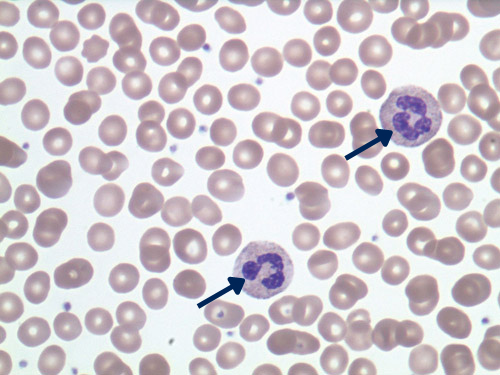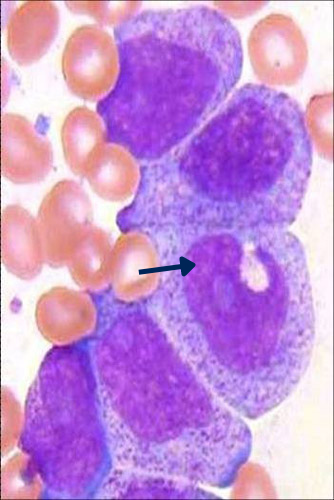ON THIS PAGE: You will find some basic information about this disease and the parts of the body it may affect. This is the first page of Cancer.Net’s Guide to Adult Acute Myeloid Leukemia. Use the menu to see other pages. Think of that menu as a roadmap for this entire guide.
Leukemia is a cancer of the blood. It begins when healthy blood cells change and grow out of control. Acute myeloid leukemia (AML) starts in the bone marrow, the spongy tissue inside your bones that makes blood cells. AML may sometimes be called acute myelogenous leukemia, acute myelocytic leukemia, or acute nonlymphocytic leukemia.
Unlike chronic leukemia, acute leukemia develops quickly and generally needs immediate treatment. AML occurs in people of all ages but is most common in adults older than 65. This section is about AML in adults. Read about childhood AML in another section on this same website.
About bone marrow and blood cells
Bone marrow is the spongy, red tissue in the inner part of the large bones. It is where a person’s blood cells are made. Healthy immature blood cells are called myeloblasts or blasts. Blasts mature into one of 3 different types of blood cells:
-
White blood cells, including neutrophils, which fight infection in the body
-
Red blood cells, which carry oxygen and other nutrients throughout the body
-
Platelets, which help the blood to clot
The bone marrow and blood cells are an important part of the body's immune system, which helps fight infection.
About AML
AML is caused by damage to the DNA in the bone marrow. This type of damage is called an acquired mutation. When the cells in the bone marrow are damaged, blood cells do not develop as they should. They may become abnormal, cancerous cells, which are also called blasts or myeloblasts because they look similar to healthy immature blast cells.
As they grow and divide, the cancerous myeloblasts fill up the bone marrow, preventing healthy cells from being made. They also build up in the blood stream. This reduces the number of healthy blood cells.
Therefore, people with AML are likely to have the following symptoms and signs:
-
Anemia, from not enough red blood cells, which can cause fatigue, weakness, and shortness of breath
-
Infections, because they do not have enough mature neutrophils
-
Easy bruising or bleeding, because of a low number of platelets
AML is usually found in the blood and bone marrow. It can sometimes spread to other parts of the body, such as the lymph nodes, spleen, liver, brain, skin, and gums. Occasionally, AML cells can form a solid tumor called a myeloid sarcoma or chloroma that can develop anywhere in the body. This is often called extramedullary disease.

Normal peripheral blood with two neutrophils
Click to Enlarge

AML disease
Click to Enlarge
These images used with permission by the College of American Pathologists.
Looking for More of an Introduction?
If you would like more of an introduction, explore these related items. Please note that these links will take you to other sections on Cancer.Net:
- Cancer.Net En Español: Read about AML in Spanish. Infórmase sobre leucemia mieloide aguda.
The next section in this guide is Statistics. It helps explain the number of people who are diagnosed with AML and general survival rates. Use the menu to choose a different section to read in this guide.
